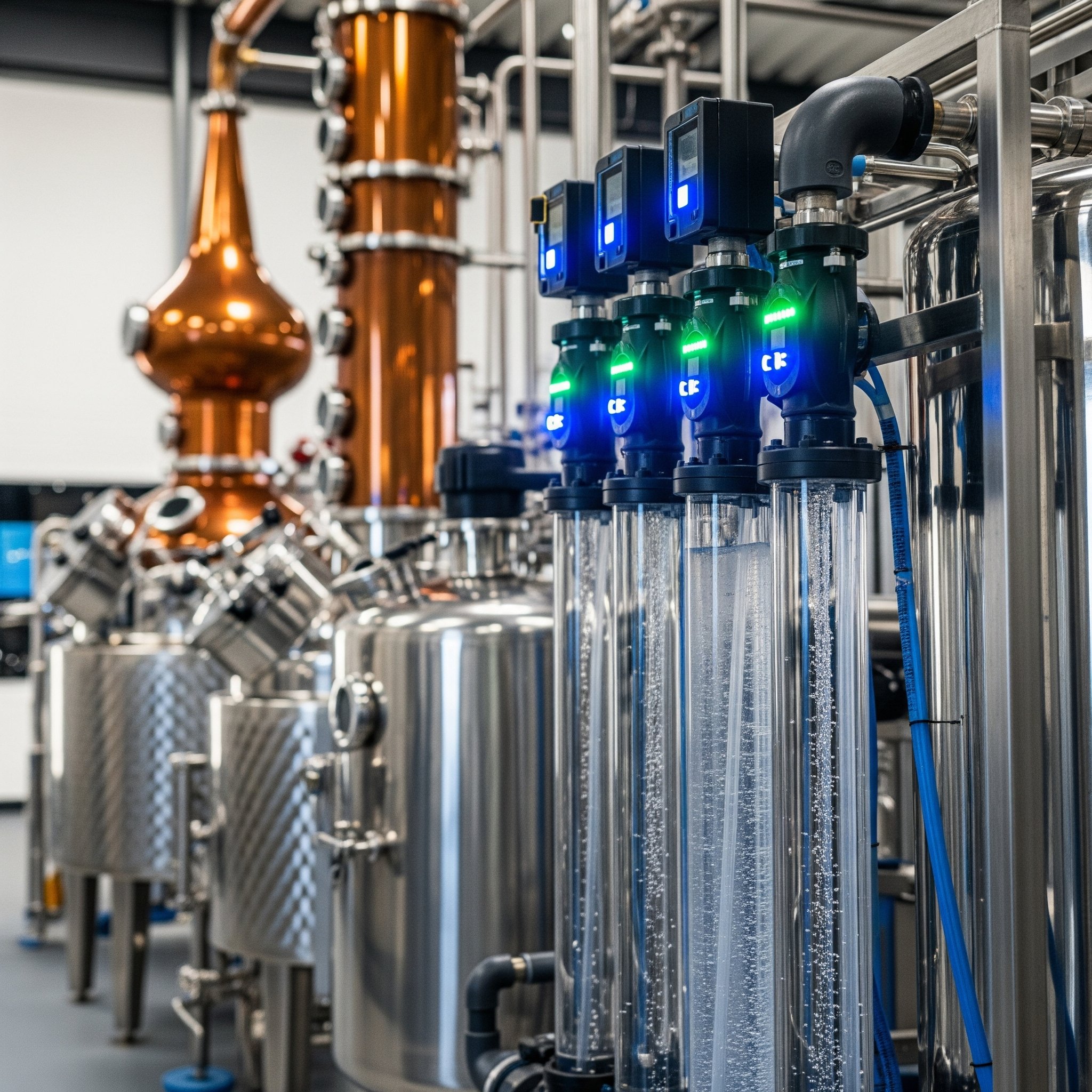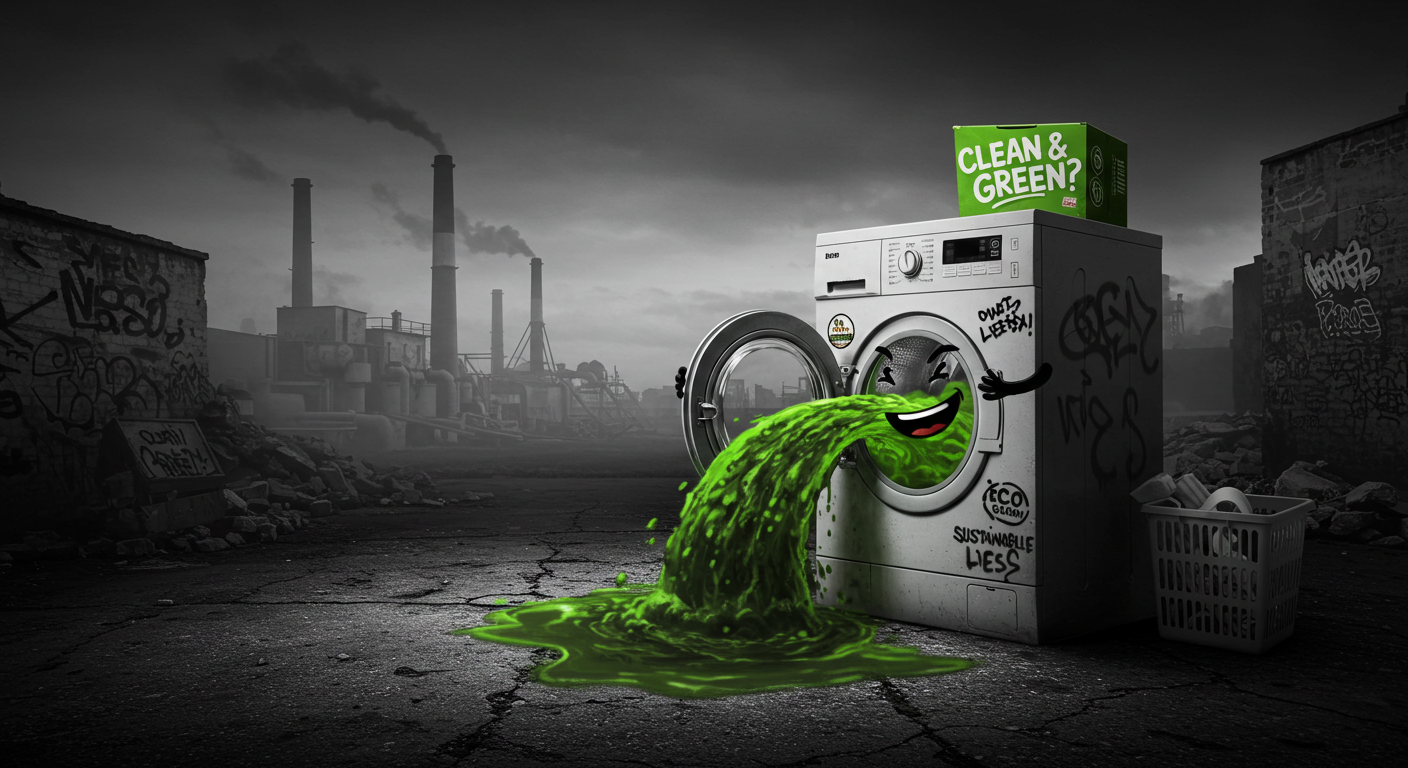
Navigating a Drier Future: Water Resilience & Strategic Planning
Over the past three posts, we've charted a course through the critical landscape of water in the drinks industry. We began by highlighting the escalating water crisis and its direct relevance to our sector. We then sailed into the agricultural supply chain, examining the vast embedded water footprint of our ingredients. Last week, we turned the focus in-house, exploring practical strategies for optimising water use within our production facilities.
For this last article in the series, we cast our eyes forward and look to the horizon. The trends we've discussed: increasing water scarcity, climate change impacts, and evolving regulations are not fleeting challenges; they are the defining characteristics of the future. Building long-term water resilience is no longer a responsible choice; it's a fundamental necessity for the survival and prosperity of any drinks business. This final article will explore the key elements of strategic water planning and summarise the core messages of our series.

Turning on the Taps Wisely: Optimising Water Use in Drinks Production
Welcome back to our series on water stewardship. In the last article, we journeyed upstream to the source of our ingredients, exploring the immense water footprint embedded in our agricultural supply chains and the importance of collaborating with farmers to reduce it. Now, we bring our focus back within our own four walls: the distillery, the brewery, the winery, the production plant.
The water used in our direct operations – for cleaning, cooling, processing, and as an ingredient – represents the part of our water footprint over which we have the most direct control. It is here that targeted action, smart investment, and a shift in mindset can lead to significant and measurable reductions in water consumption, delivering both environmental benefits and operational efficiencies. For any drinks business serious about sustainability, optimising in-house water use is a fundamental, non-negotiable step.
And we’ve already covered the case of water limitations being put in place in Suffolk which stifles growth opportunities, so improving water efficiency becomes business critical.
A systematic approach to operational water management can be broken down into three core actions: Measure, Reduce, and Reuse/Recycle.

The Well Runs Dry? Why Water Demands Urgent Attention in the Drinks Industry
That seemingly endless resource that falls from the sky (especially if you’re from the UK) is fast becoming one of the biggest risks – and overlooked opportunities – for every drinks business on the planet. From vineyard to distillery, brewery to brand, the global water crisis isn't just lapping at our shores; it's threatening to breach the gates and dry up the lakes, all at the same time. I sound a bit hyperbolic writing this, as if predicting some Frank Miller inspired Max Maxian future, but water is the true currency of survival, and our industry needs a wake-up call – now.
With the impending risk of a summer drought in the UK this year after the driest Spring since 1852, I thought now was a good time to talk about water. This is the first instalment of an exciting new four-part series coming to a computer or phone near you entitled: "Water: The Indispensable Element – Charting a Course for Stewardship in the Drinks Industry."
Over the coming weeks, I’ll not just be writing about sweet, sweet H₂O; I’ll be dissecting a critical business imperative – understanding water's real value, the threats to its availability, and how your business can build resilience in an increasingly thirsty world.

Green Claims & The DMCC Act: Practical Steps to Ensure Compliance
In the first two articles of this series, we explored the arrival of the DMCC Act's enhanced consumer protection powers and delved into the specific types of misleading environmental claims – or greenwashing – that are now firmly under the regulatory spotlight (and carry significant risk). We've covered the what and the why; now it's time to focus on the how.
Understanding the rules and the potential pitfalls is essential, but it’s proactive steps and robust processes that will truly protect your business and build authentic citizen trust. Complacency is not an option, as the Competition and Markets Authority (CMA) now has the power to act decisively against non-compliant claims.
So, what practical measures should your business be taking right now to ensure your environmental claims are accurate, substantiated, and compliant with the strengthened regulations?

Digging Deeper: Which Green Claims Are Now High-Risk Under the DMCC Act?
In my previous post, I introduced the significant changes brought by the Digital Markets, Competition and Consumers (DMCC) Act, particularly the new powers granted to the Competition and Markets Authority (CMA) to crack down on greenwashing, which came into force last week. I discussed why this matters – the erosion of citizen trust and the unfair disadvantage faced by genuinely sustainable businesses when vague or misleading environmental claims run rampant.
Now, it’s time to delve into the specifics. What kinds of claims and marketing practices are likely to attract the CMA’s attention under this enhanced regulatory framework? While the DMCC Act provides the overarching legal power to tackle 'unfair commercial practices' (which includes misleading environmental claims), the CMA’s existing Green Claims Code (published in 2021) gives us the clearest indication of the principles they apply and the practices they deem problematic. The new Act essentially gives the CMA sharper teeth to enforce these principles.

The Greenwashing Crackdown is Here: Understanding the DMCC Act's New Consumer Powers
The DMCC Act's new consumer laws target greenwashing from this week.
Understand the crackdown, the CMA's enhanced powers, and how to ensure your environmental claims are accurate and avoid fines. Essential insights for UK businesses on compliant, sustainable marketing under the new regulations.
